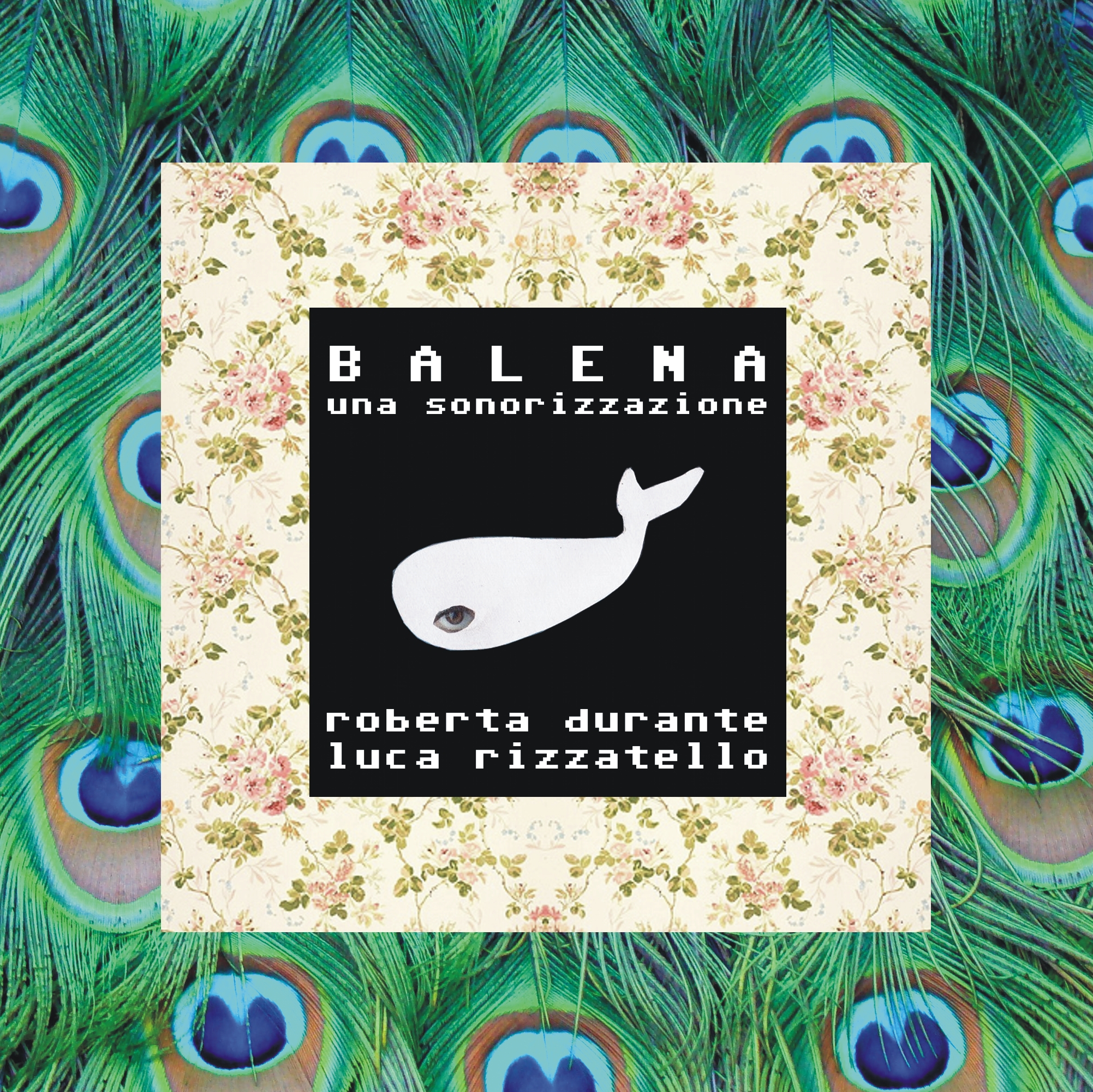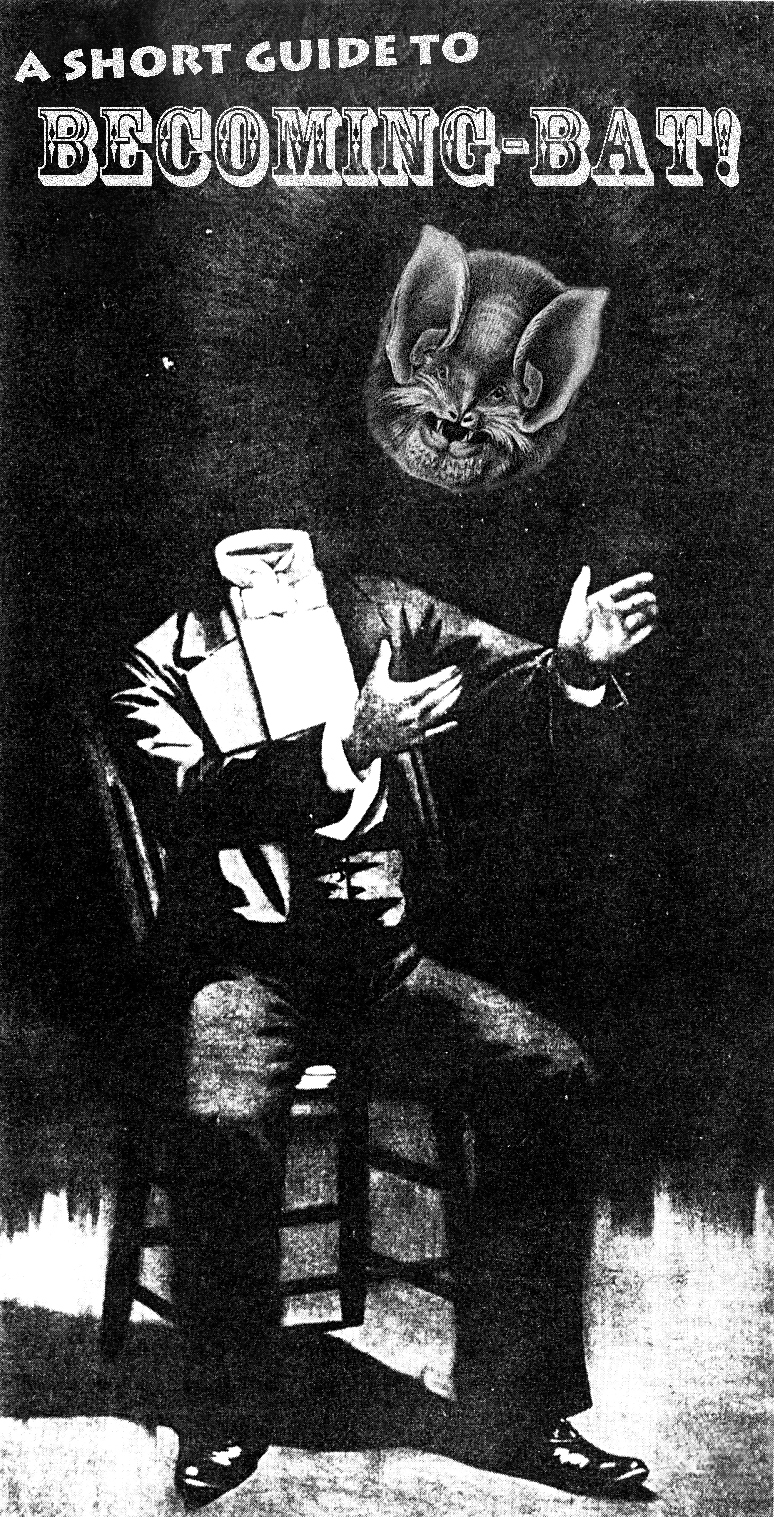Ritratto con lettrice sdraiata
Prologo
Audio Player
1.1
Audio Player
1.2
Audio Player
(«Avete sbagliato strada
da Deleuze, ovvero dell’essere chiunque chiunque
Audio Player#02 – Il copyright è un killer silenzioso
[18/10/2013]
Autoanalfabeta University of Utopia: Verba manent, scripta volant
LINK al post su GlobalProject:
http://www.globalproject.info/it/produzioni/linvasion-des-profanateurs-02/15480
Livelli
Livello 1
Audio Player
Livello 2
Audio Player
Livello 3
http://www.gabrielefrasca.it/filetti/BIT3.mp3[</embed]
Livello 4
http://www.gabrielefrasca.it/filetti/L4.mp3
Livello 5
Audio PlayerLivello 6
Audio PlayerLivello 7
Audio PlayerLivello 8
http://www.gabrielefrasca.it/filetti/L8.mp3
Livello 9
http://www.gabrielefrasca.it/filetti/L9.mp3
Livello 10 (imprevisto)
#01 – Perché non possiamo non dirci autoanalfabeti
[5/7/2013]
Autoanalfabeta University of Utopia: Verba manent, scripta volant
LINK al post su GlobalProject:
http://www.globalproject.info/it/produzioni/linvasion-des-profanateurs-01/14693
1799. Come divenire-pipistrelli?
[2011]
Prodotto per ORF1 – Kunstradio
Sito web del progetto: http://www.kunstradio.at/PROJECTS/CURATED_BY/BAT/index.html
1799. How to become-bats?
www.gabrielefrasca.it/ventriloque/curated_by_SP_ventriloque_exported.mp3
[è raccomandato l’ascolto in cuffia]
“1799. How to become-bats?” is a radio piece focused on the exploration (by aural means) of concepts and ideas exposed by the american zoologist Donald Redfield Griffin – known as the scientist who discovered animal echolocation – in its 1959 book Echoes of bats and men. In this work Griffin traces a systematic correlation between animals – especially bats – and the human species. We assume some of the book statements as starting points for the construction of different experiences of radio-space.
The piece is a fictional documentary exploring some of the similarities between the acoustic space that bats build to live in complete darkness and the technologically mediated space that humans build with acoustic prosthesis like radio devices. In a waveform space like the one generated by contemporary wireless technologies humans perform a sort of echolocation for situating themselves into an expanded concept of space. In this view, humans become a sort of echolocating mammals wondering into an electronic time/space.
The piece is an electroacustical composition made of a texture of field-recordings of bats and other animals recorded with special microphones; processed digital data; electronic signals and radio waves; human voices reading some adapted excerpts from Griffin’s book. The composition traces a psychical route between the aural world of different species, a sounding space where animal ultrasounds and electronic signals become progressively indiscernible.
[dal testo del progetto originale (reperibile a questo link)]

